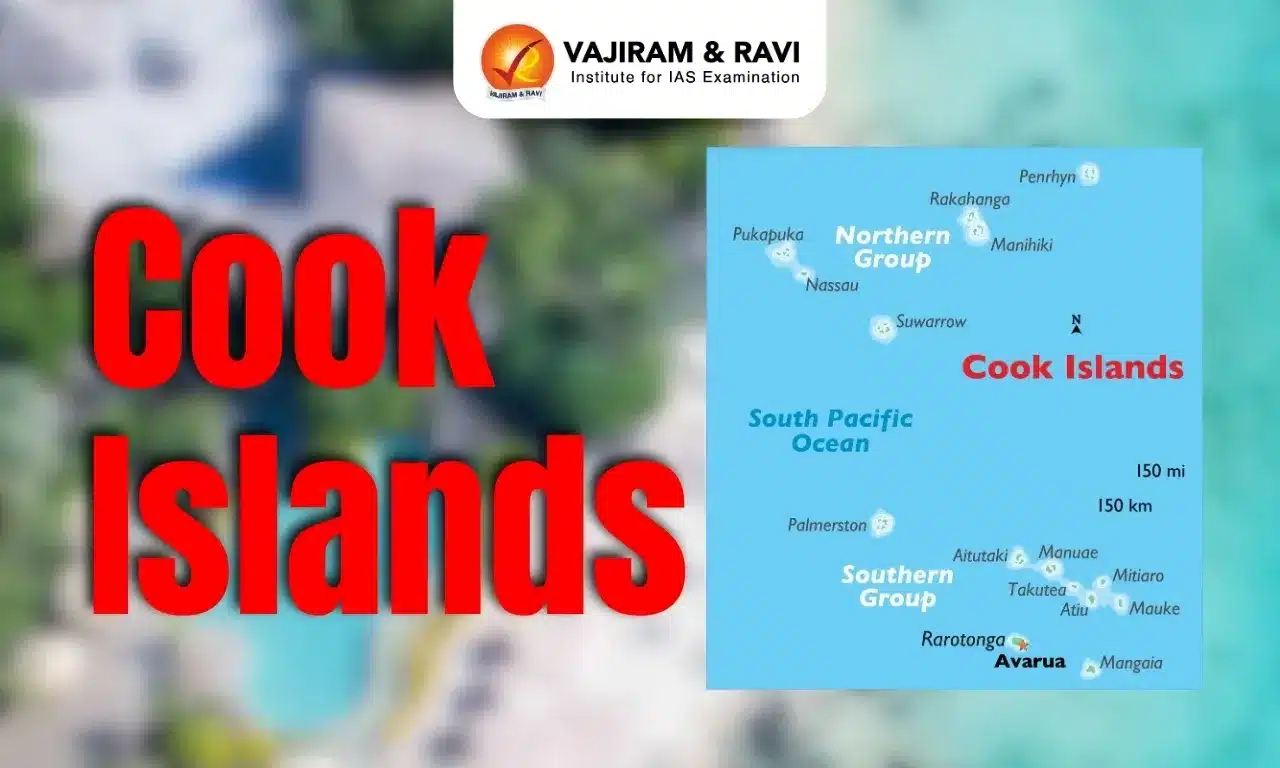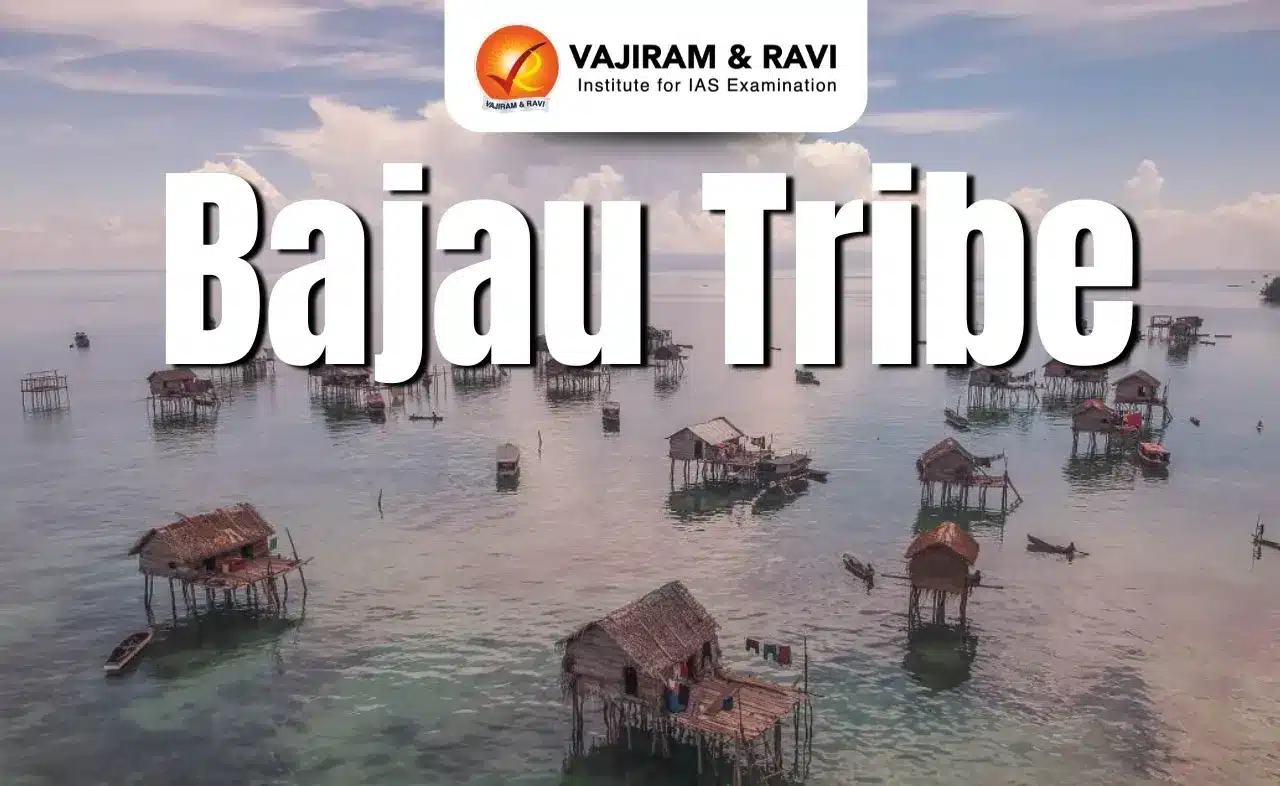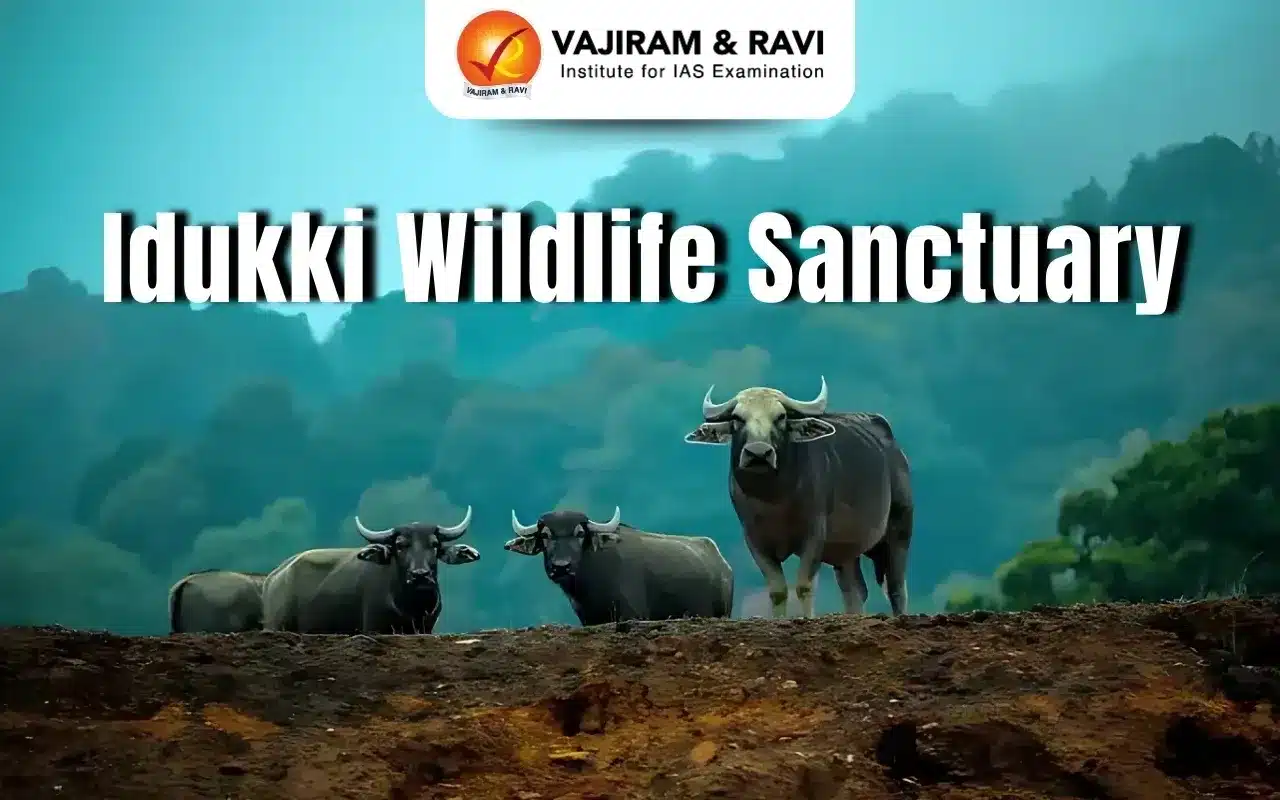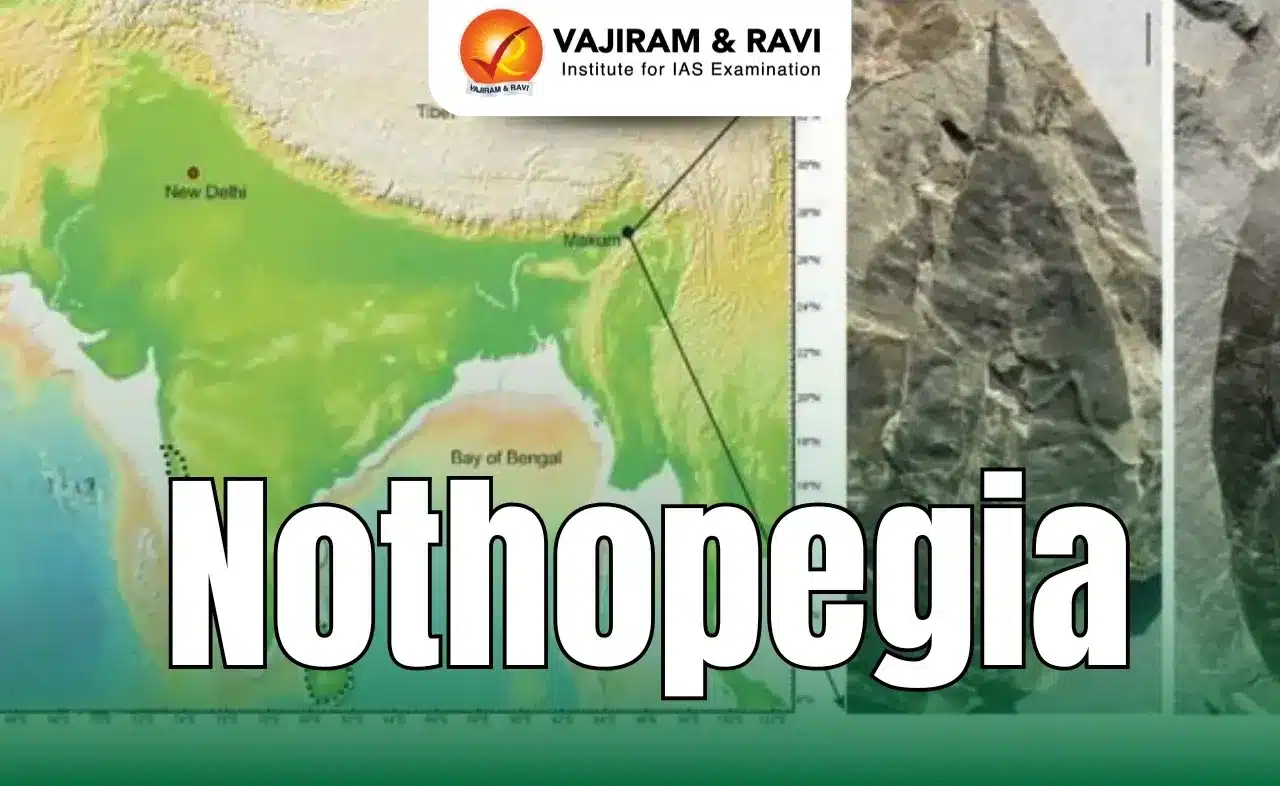Cook Islands Latest News
New Zealand recently suspended millions of dollars in budget funding to the Cook Islands, as the relationship between the two constitutionally linked countries continues to deteriorate amid the island group's deepening ties with China.
About Cook Islands
- The Cook Islands are a group of 15 small islands that are spread over 2 million sq. km in the South Pacific Ocean.
- These islands are geographically positioned both in the Southern and Eastern hemispheres of the Earth.
- The islands are situated in the center of the Polynesian Triangle–about halfway between Hawaii and New Zealand.
- The Cook Islands are located to the east of Niue, Tonga, and Samoa; to the northeast of New Zealand; to the south of Kiribati and to the west of French Polynesia.
- Named after Captain Cook, who explored them in 1773, the islands were once autonomous, home to tribes of mixed Polynesian ancestry.
- The islands cover a total land area of 240 sq. km.
- They are divided into a northern group of six islands and a southern group of nine islands.
- Northern Islands: These are mostly low-lying and sparsely populated coral atolls; and include the islands of Manihiki, Nassau, Penrhyn, Pukapuka, Rakahanga, and Suwarrow and are covered in light vegetation and equipped with stunning white sand beaches.
- Southern islands: These generally consist of much larger, higher islands that are volcanic in origin and more densely populated. The southern island group includes Rarotonga, Aitutaki, Atiu, Mangaia, Manuae, Mauke, Mitiaro, Palmerston, and Takutea.
- The distance between the two island groups is enormous.
- The highest point is Te Manga, which rises to 652 m on Rarotonga Island.
- Most of the population is found on the island of Rarotonga.
- Capital: Avarua, which is on Rarotonga island.
- It is a self-governing island country in free association with New Zealand, an arrangement dating from August 1965.
- Under the terms of the free association, Cook Islanders hold New Zealand citizenship and enjoy the right of free access to New Zealand and, by extension, Australia.
- System of Government: Parliamentary democracy under a constitutional monarchy.Currency: NZ dollars (NZD)
Source: DH
Cook Islands FAQs
Q1: Where are the Cook Islands located?
Ans: South Pacific Ocean
Q2: What is the capital of the Cook Islands?
Ans: Avarua
Q3: The Cook Islands consist of how many islands in total?
Ans: 15
Q4: The Cook Islands are geographically part of which triangle in the Pacific region?
Ans: Polynesian Triangle










